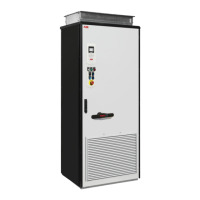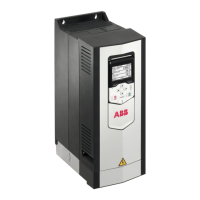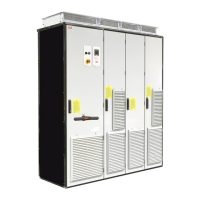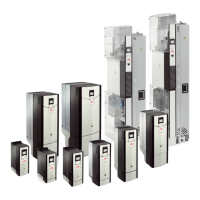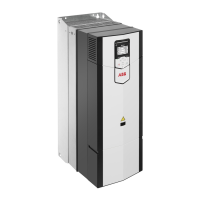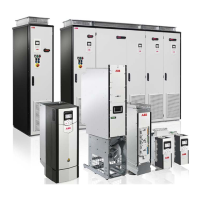■ Separate control cable ducts
Put 24 V DC and 230 V AC (120 V AC) control cables in separate ducts, unless the
24 V DC cable is insulated for 230 V AC (120 V AC) or insulated with an insulation
sleeving for 230 V AC (120 V AC).
24 V DC
230 V AC
(120 V AC)
230 V AC
(120 V AC)
24 V DC
Implementing short-circuit and thermal overload protection
■ Protecting the drive and the input power cable in short-circuits
Protect the drive with fuses and the input cable with fuses or a circuit breaker.
Size the fuses or circuit breakers according to local regulations for the input cable
protection. Select the fuses or circuit breakers for the drive according to the instructions
given in the technical data. The fuses for the drive protection will restrict drive damage
and prevent damage to adjoining equipment in case of a short-circuit inside the drive.
Note: If the fuses or circuit breakers for the drive protection are placed at the distribution
board and the input cable is dimensioned according to the nominal input current of the
drive given in the technical data, the fuses or circuit breakers protect also the input cable
in short-circuit situations, restrict drive damage and prevent damage to adjoining
equipment in case of a short-circuit inside the drive. No separate fuses or circuit breakers
for the input cable protection are needed.
WARNING!
Due to the inherent operating principle and construction of circuit breakers,
independent of the manufacturer, hot ionized gases can escape from the breaker
enclosure in case of a short-circuit. To ensure safe use, pay special attention to
the installation and placement of the breakers. Obey the manufacturer’s
instructions.
78 Guidelines for planning the electrical installation

